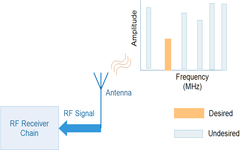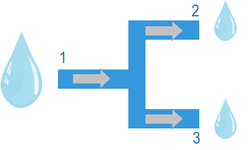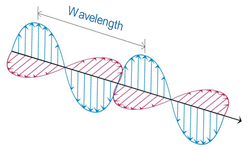What is BAW Filter ? Why is it suited for 3G, 4G and 5G applications? What are its merits over SAW filter ?
BAW filter (Bulk Acoustic Wave) is a filter whereby the electrical input signal is converted to a acoustic wave by so-called interdigital transducers (IDTs) on a piezoelectric substrate such as quartz. The IDTs consist of interleaved metal electrodes which are used to launch and receive the waves, so that an electrical signal is converted to an acoustic wave and then back to an electrical signal.
Unlike SAW filters, the acoustic wave in a BAW filter propagates vertically metal patches on the top and bottom side of the quartz excite the acoustic waves, which bounce from the top to bottom surface to form a standing acoustic wave. The frequency at which resonance occurs is determined by the thickness of the slab and the mass of the electrodes.
Merits of BAW over SAW filter:
While SAW and TC-SAW filters are well suited for up to about 1.5 GHz, BAW filters deliver compelling performance advantages above this frequency
BAW filter size also decreases with higher frequencies, which makes them ideal for the most demanding 3G, 4G and 5G applications. In addition, BAW design is far less sensitive to temperature variation even at broad bandwidths, while delivering very low loss and very steep filter skirts.
BAW devices require 10 times more processing steps than SAW, but because they are fabricated on larger wafers, about 4 times more devices can be harvested per wafer. Even so, the cost of BAW remains higher than for SAW. However, for some of the most challenging frequency bands being allocated above 2 GHz, BAW is the only viable solution. As a result, the share of BAW filters in 3G/4G smartphones is growing rapidly.




